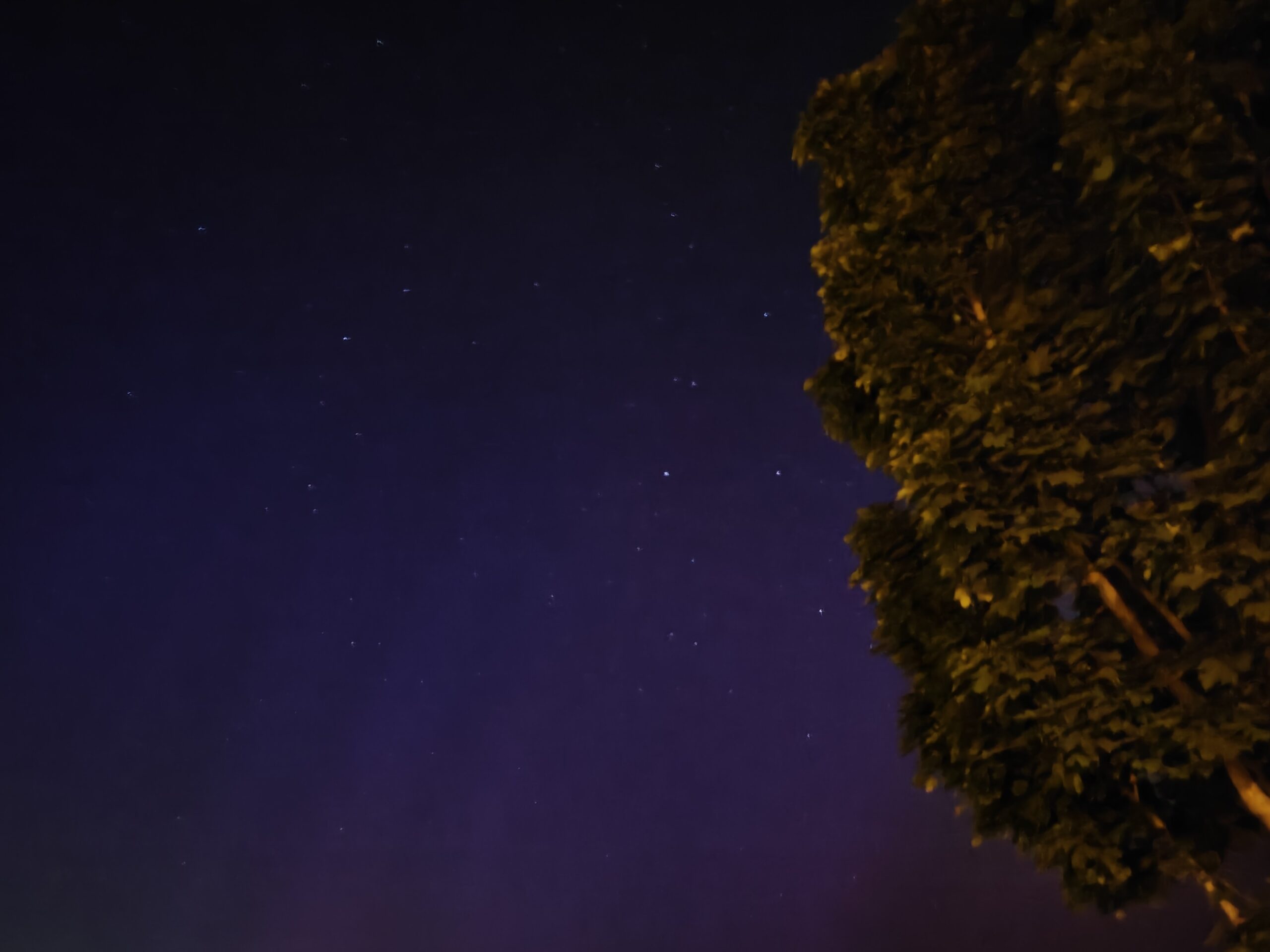Did you see the Northern Lights this weekend? We did in Weinheim, Germany, and were amazed not only by the amazing lights but also by the chemistry. The location of the auroral oval is usually between 60 and 70 degrees north and south. Due to very strong solar winds it was also visible this weekend in Weinheim at 49.5 degrees north.
1 Solar Wind and the Earth’s Magnetic Field
The sun emits a continuous flow of charged particles known as the solar wind. It primarily consists of protons, electrons, and α particles originating from nuclear fusion reactions within the Sun’s core, specifically the proton–proton chain process. This involves the conversion of hydrogen atoms into helium, releasing energy in the form of γ rays and charged particles.
When these particles reach Earth, they interact with our planet’s magnetic field and atmosphere. The Earth’s magnetic field acts as a protective shield, deflecting most of the charged particles from the solar wind. However, some particles penetrate the magnetic field, typically near the poles where the field lines converge. This is why the auroras, both northern lights (aurora borealis) and southern lights (aurora australis), are primarily visible in the polar regions.
2 Collisions and Excitation
The solar wind particles collide with atoms and molecules in Earth’s upper atmosphere, primarily oxygen and nitrogen. These collisions transfer energy from the particles to the gas molecules, causing their electrons to become excited and transition to higher energy levels.
When these excited gas molecules return to their ground state, they release the absorbed energy as light. Different gases emit different wavelengths/colors of light depending on the type of atom or molecule involved and the energy difference between the excited and ground states.
- Excited atomic oxygen can emit green or brownish-red light, the color variation depends on the energy level transitions and the altitude.
- Ionized molecular nitrogen can emit blue or purple-red light, the color variation depends on the energy level transitions and the altitude.
The picture was taken in Weinheim, Germany, on the night of May 11, 2024.
Sources
[1] Larry Combs, Rodney Viereck, Aurora, Space Environment Center, Boulder, CO, USA, 1996. (accessed May 12, 2024)
[2] Auroras: The Northern and Southern Lights, Center for Science Education (accessed May 12, 2024)
[3] What causes the Northern Lights?, Hurtigruten, Norway. (accessed May 12, 2024)
Also of Interest

A compilation of articles on chemistry related to light




